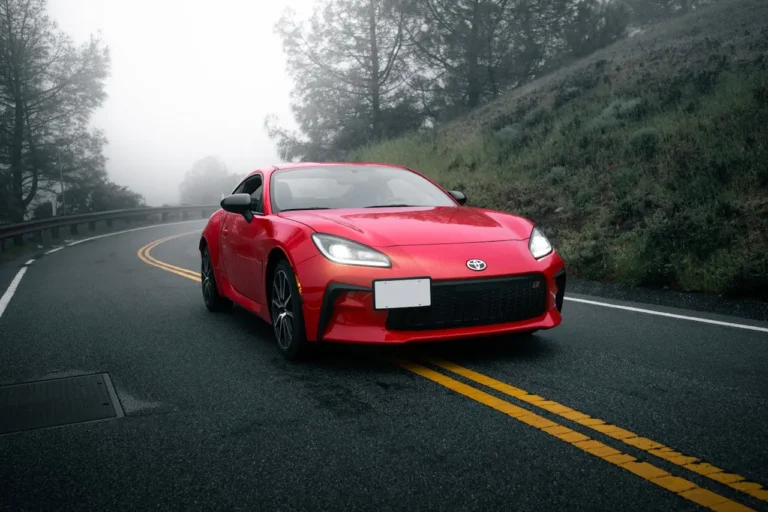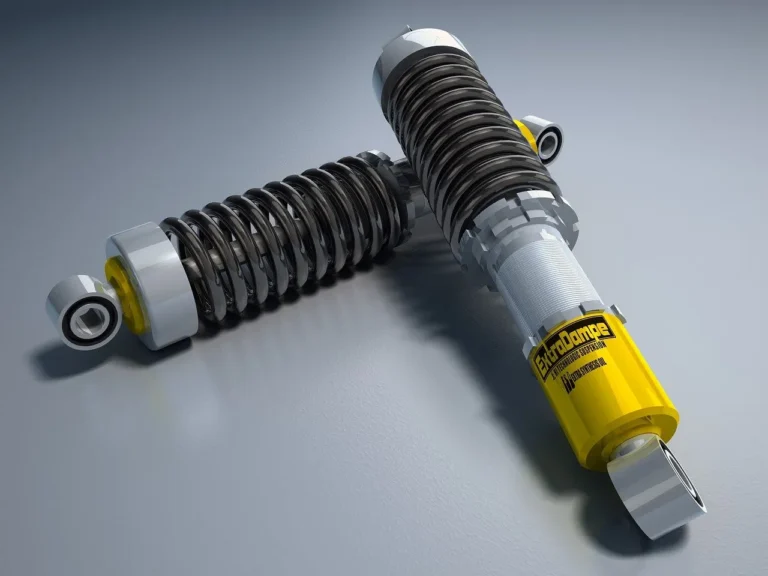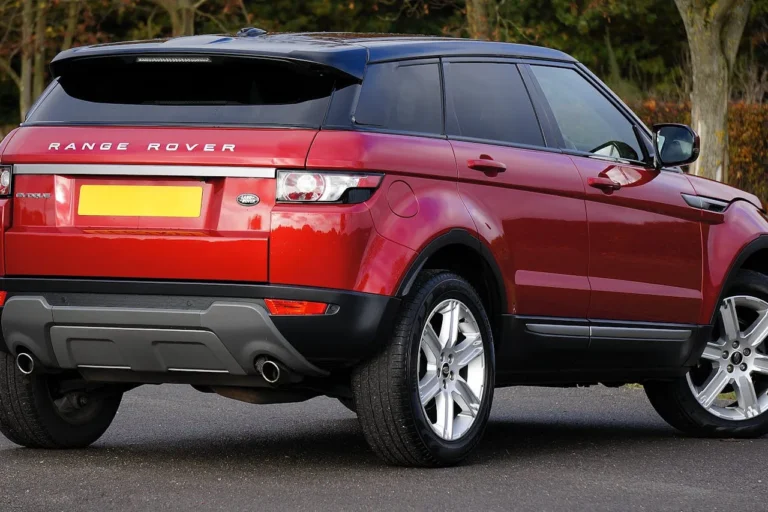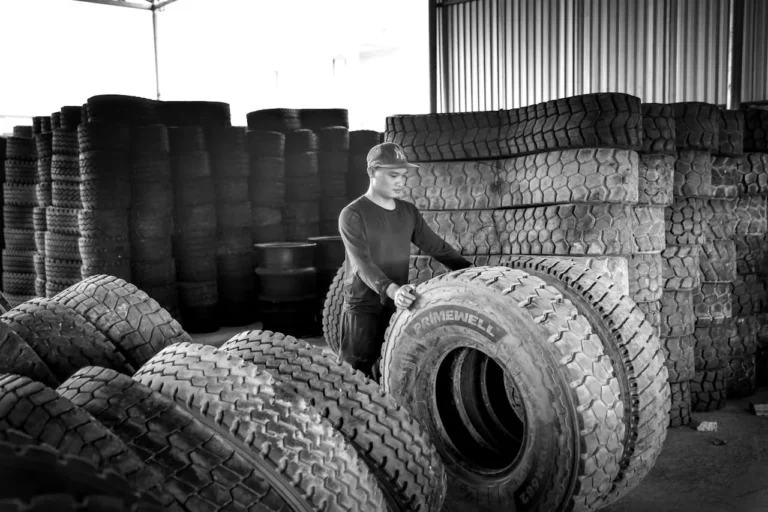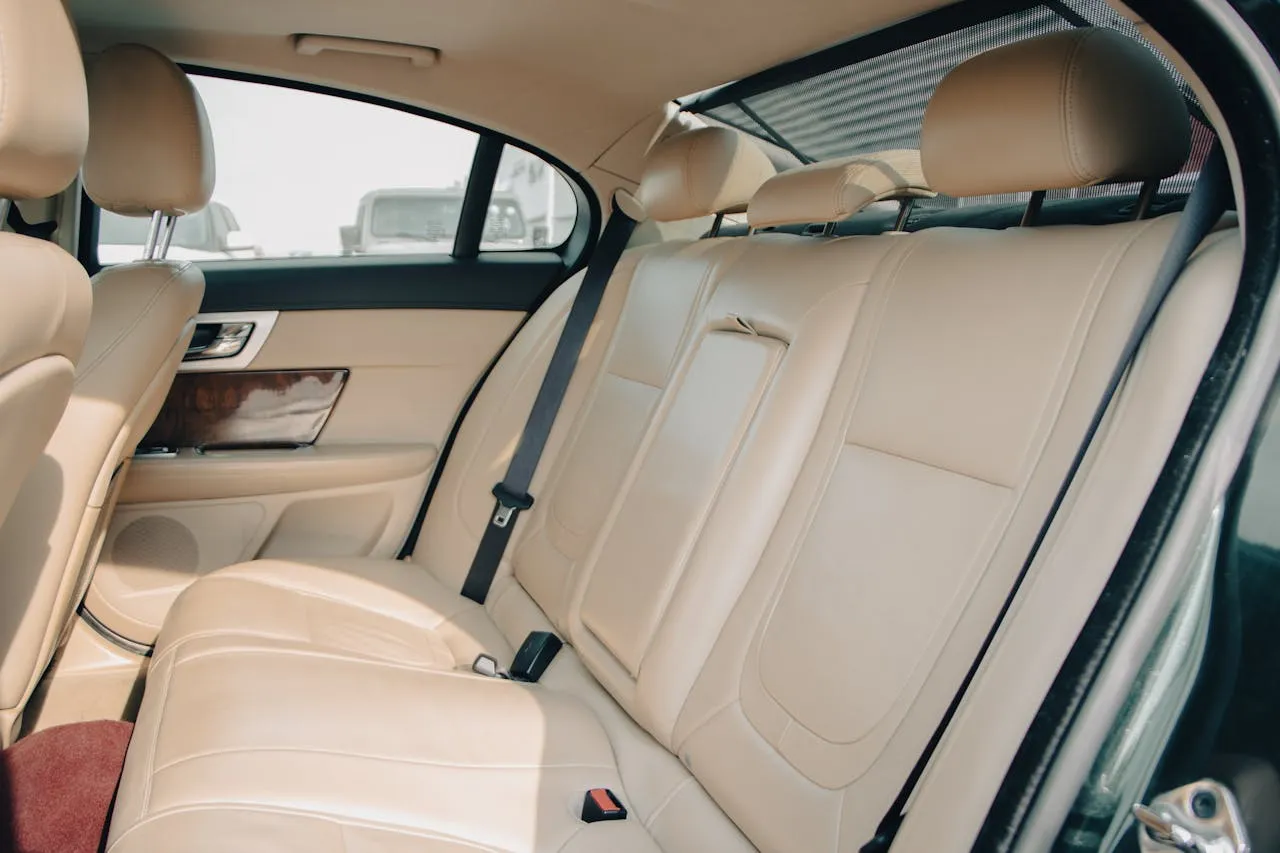
China and Global Automotive Seating Innovation and Technology Trends: 2025 Overview
Automotive seating has evolved far beyond its traditional role as a functional vehicle component. Modern seats integrate advanced comfort, convenience, and safety features, reflecting growing consumer expectations and technological advancements. Comfort functions such as heating, ventilation, and massage are increasingly standard, while adjustable configurations (stepless adjustments, linkage adjustments, and position modifications) allow personalized seating experiences across different vehicle segments.
Comfort Features Across Price Segments
The level of seating comfort varies significantly across vehicle price tiers:
High-end models (Above RMB 300,000, some as low as RMB 250,000):
In this premium segment, zero-gravity seats have become a core configuration. Typically installed in the second-row boss seat, front passenger seat, and sometimes in the driver’s seat and the left side of the second row, these seats emphasize optimal ergonomics and stress relief. Vehicles in this segment often feature more than four-way adjustment mechanisms and include standard ventilation, massage, and heating functions. Such comprehensive configurations cater to consumers prioritizing maximum comfort.
Mid-range models (RMB 200,000–300,000):
Seats in this category generally have a large tilt angle and may include quasi-zero-gravity designs. While real zero-gravity seating is rare here, multi-way adjustments are standard, and ventilation, massage, and heating functions are offered as optional features. This approach balances consumer demand for comfort with cost considerations, making advanced features more accessible.
Entry-level models (Below RMB 200,000):
Although comfort configurations are traditionally limited in this segment, declining costs of comfort components have made features like heating, ventilation, and massage increasingly available. This democratization of comfort technology allows consumers to enjoy premium features without paying a premium price, supporting a “balance between cost performance and comfort.”
Penetration Trends of Comfort Functions
Before 2023, simultaneous inclusion of heating, ventilation, and massage in front seats was extremely rare outside high-end models, with a penetration rate below 1% for vehicles above RMB 300,000. However, from 2024 onward, these features expanded rapidly into mid-range and even some entry-level models.
By the first half of 2025, mid-range models (RMB 200,000–300,000) surpassed high-end models in the number of vehicles equipped with standard heating, ventilation, and massage functions, reaching a penetration rate of 5.5%. This reflects a significant shift in the market, where advanced comfort features are no longer limited to flagship vehicles.
Moreover, many passenger car seats now integrate multiple comfort functions simultaneously. For instance, in the first half of 2025, mid-range vehicles exhibited penetration rates of 14.2% for front seat heating, 2.1% for leg rests, and 8.2% for comfort entry and exit functions. Vehicles integrating all three functions (heating + leg rest + comfort entry/exit) had a penetration rate of 1.6%, indicating gradual adoption of fully multifunctional seating.
Cost-Reduction and Lightweight Seating Designs
In addition to comfort, cost efficiency has become a central consideration in seating design. Automotive OEMs and suppliers increasingly incorporate lightweight design strategies to reduce material usage and component complexity without compromising strength or performance. Techniques include structural optimization, material iteration, and process innovation.
Yanfeng, one of China’s leading seating suppliers, exemplifies this trend. Over the past three years, the company has implemented multiple integrated seating technologies, such as multi-level foam materials, zero-gravity seats with linkage adjustment, and leg rests featuring integrated adjustment mechanisms and shock absorption. These innovations simultaneously reduce production costs while maintaining or improving seat performance and durability.
Chinese Suppliers Catching Up in Comfort Innovation
Historically, foreign suppliers have led in advanced seating technologies, particularly intelligent seating solutions. However, Chinese suppliers have made remarkable strides, focusing on improving comfort, adaptability, and flexibility in various driving scenarios.
In 2024 and the first half of 2025, Chinese suppliers’ market share exceeded 30%. Leading the market in H1 2025 by sales volume were Yanfeng, Lear, Faurecia, Magna, and Faway Adient. Other notable Chinese suppliers include Shuangying, Nobo Automotive, Wiseat Auto Parts, and Jujin Auto Parts, all of which have achieved significant vehicle installations.
Technologically, Chinese suppliers have concentrated on enhancing comfort and functional adaptability rather than merely matching foreign intelligent seating solutions. Innovations include improved foam materials, ergonomic structures, and multifunctional adjustments that respond to diverse consumer needs.
Global and Chinese Supplier Landscape
Foreign Suppliers:
- Faurecia: Known for ergonomic seating and intelligent adjustment systems.
- Lear: Emphasizes smart seating integration and luxury comfort features.
- Adient: Focused on lightweight designs and modular comfort systems.
- Magna: Offers integrated seat solutions with premium comfort functions.
- Brose, Hyundai Transys, TACHI-S: Provide specialized seating modules emphasizing safety, adjustability, and premium experience.
Chinese Suppliers:
- Yanfeng: Leader in cost-efficient comfort technologies and multifunctional seating.
- Tenchen Controls: Focus on control mechanisms for advanced seat adjustments.
- Jifeng Auto Parts: Known for ergonomic foam and adjustable structures.
- Nobo Automotive: Offers versatile seating solutions for multiple segments.
- Jujin Auto Parts, Shuangying Group, Yanpu Precision Technology, Mingxin New Material, KEIPER, Lile Auto Parts: Deliver specialized components and comfort-enhancing innovations tailored to evolving domestic and global demands.
Market Outlook and Key Trends
- Rapid Penetration of Comfort Functions:
Advanced features such as heating, ventilation, and massage are now increasingly available in mid-range and entry-level vehicles, expanding consumer access to premium comfort. - Integration of Multiple Functions:
Seats are evolving from simple components to multifunctional systems combining leg rests, comfort entry and exit, and climate control functions. Full integration remains limited but is growing steadily. - Cost-Reduction Through Lightweight Design:
Structural optimization, material innovation, and process upgrades are enabling OEMs and suppliers to maintain or enhance performance while reducing manufacturing costs. - Chinese Suppliers Advancing Rapidly:
Domestic suppliers are narrowing the gap with international competitors, focusing on comfort, adaptability, and affordability rather than merely replicating intelligent seating systems. - Segment-Specific Innovations:
High-end vehicles continue to adopt zero-gravity and fully adjustable multifunctional seats, mid-range vehicles benefit from quasi-zero-gravity and multi-way adjustable seats, and entry-level vehicles increasingly feature key comfort functions at lower costs. - Consumer-Driven Developments:
Consumers increasingly prioritize ergonomic comfort, flexibility, and cost-performance balance, driving the rapid adoption of multifunctional seating and advanced comfort features across all segments.
The automotive seating industry is witnessing both technological and market-driven transformations. Comfort functions such as heating, ventilation, and massage are no longer exclusive to luxury vehicles, reflecting wider market penetration and affordability. Lightweight, integrated designs allow cost reduction without sacrificing comfort or safety, while Chinese suppliers are achieving notable advances in quality, comfort, and flexibility.
The evolving seating landscape signals a trend toward multifunctional, ergonomically optimized, and cost-effective solutions that meet diverse consumer expectations. As competition intensifies, both domestic and global suppliers continue to innovate, shaping the future of automotive seating technology worldwide.
Key Topics Covered in the Report:
- Automotive Seating Industry Overview
- Seat Types and Industry Chain
- Market Size and Competitive Patterns
- Penetration of Comfort Functions (Ventilation, Heating, Massage)
- Foreign Supplier Profiles (Faurecia, Lear, Adient, Magna, Brose, Hyundai Transys, TACHI-S)
- Chinese Supplier Profiles (Yanfeng, Tenchen Controls, Jifeng Auto Parts, Nobo Automotive, Jujin Auto Parts, Shuangying Group, Yanpu Precision Technology, Mingxin New Material, KEIPER, Lile Auto Parts)
This comprehensive analysis offers a clear view of ongoing innovation, cost-reduction strategies, and the competitive dynamics shaping both the Chinese and global automotive seating markets in 2025.


